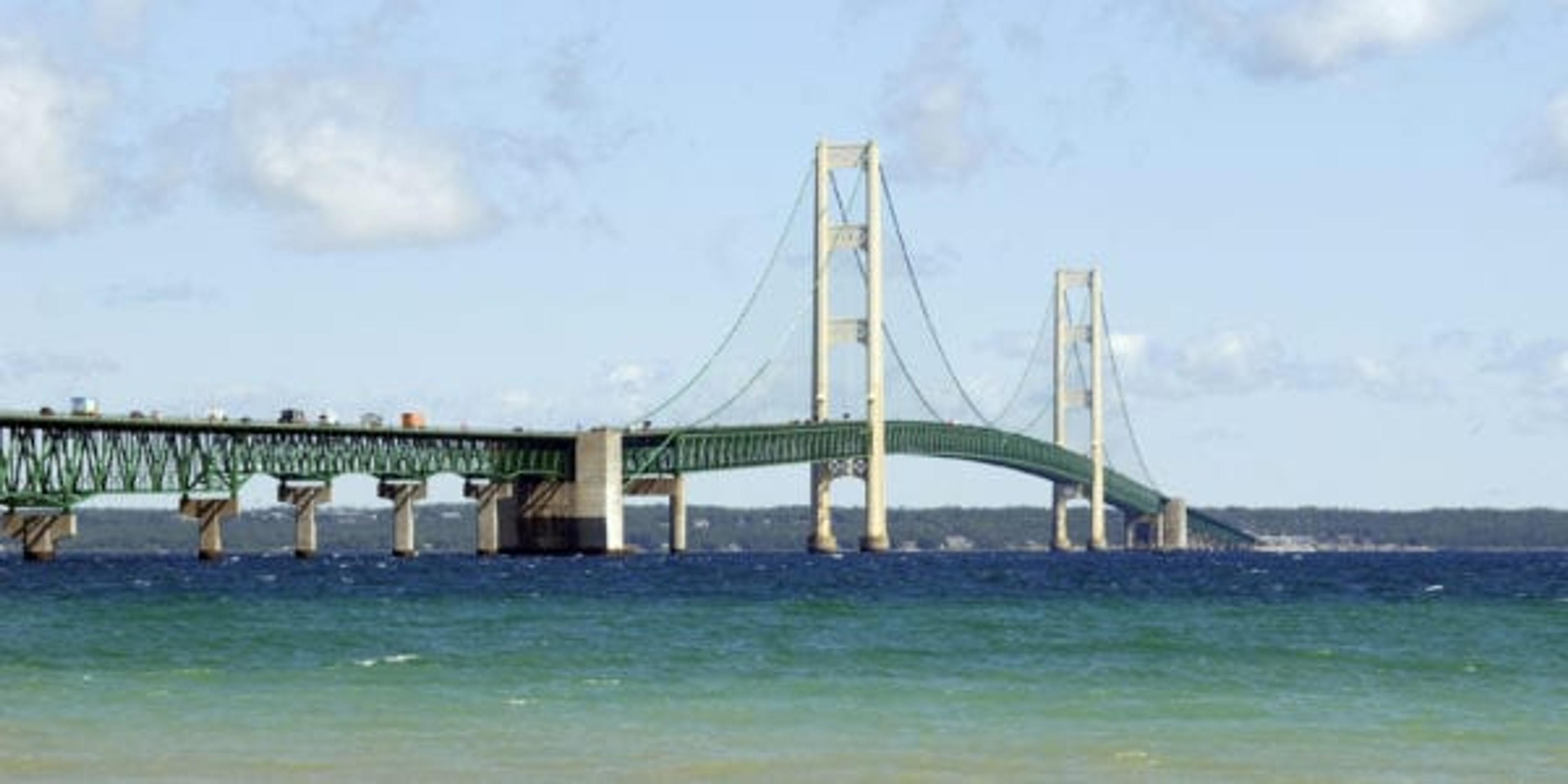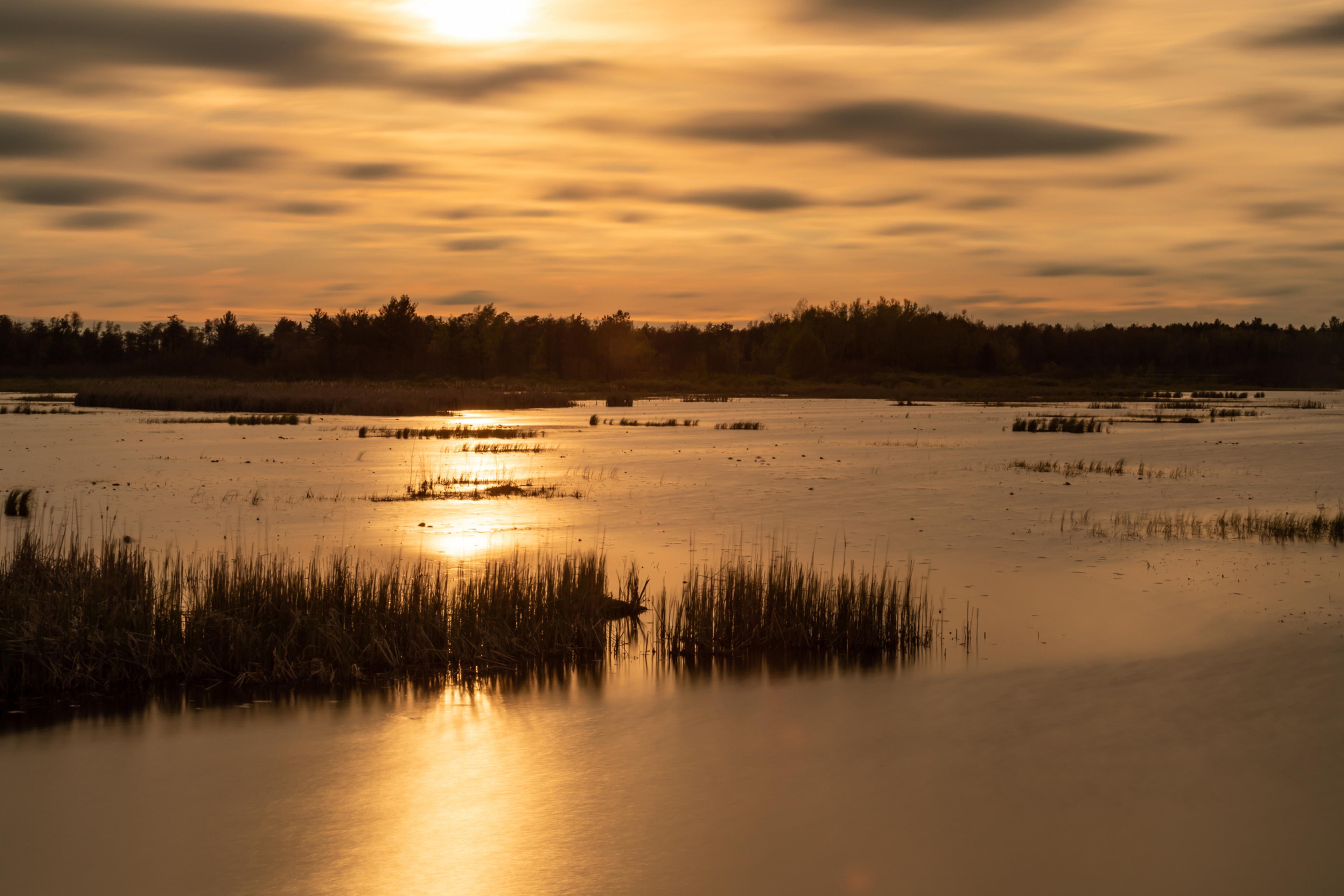Across the Straits: The Iconic Mackinac Bridge

Julie Bitely
| 2 min read

What was life like before the Mackinac Bridge?
It’s not that you couldn’t travel between Michigan’s Lower and Upper peninsulas, but it was much more difficult. In the winter, people crossed the Straits of Mackinac by dogsled, and railroad ferries carried visitors throughout the rest of the year.
In the 1920s, Michigan’s Department of Transportation, then the Department of State Highways, launched the first of its kind state-run ferry service, which carried about 12 million vehicles and more than 30 million passengers over 34 years of operation. Some ferries even had ice-breaking capabilities, making winter ferry service an option.
Still, with the Upper Peninsula and Mackinac Island becoming popular tourist destinations, wait times for ferry service could stretch to as long as 18 hours on a busy weekend, meaning a potential full-day delay waiting to cross the Straits.
“Once the bridge was open, you could cross in a matter of minutes,” said Bob Sweeney, executive secretary of the Mackinac Bridge and CEO of the Mackinac Bridge Authority. “It really opened up a lot of economic opportunity for Northern Michigan and the Upper Peninsula as a result of building the Mackinac Bridge.”
The bridge officially opened to vehicular traffic on November 1, 1957, spanning 26,732 feet, or about five miles. Today, it’s the third-longest suspension bridge in the world and remains one of Michigan’s most treasured and iconic landmarks.
There are plenty of opportunities to enjoy the Mackinac Bridge this summer, including planned car, truck and tractor shows this summer. Sweeney estimates that bridge-focused events such as the annual Labor Day walk led by Michigan’s governor generate $35 million annually in tourism dollars that benefit local business owners.
The bridge also employs roughly 50 maintenance workers, one of the largest crews in the country, who continually work on beam and joint repair and cleaning to prevent rust build-up on the bridge.
Learn more about the Mighty Mac’s history here.
If you liked this post, you might also enjoy:
Photo credit: Joanna Poe





